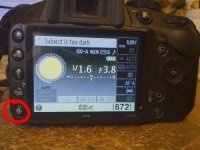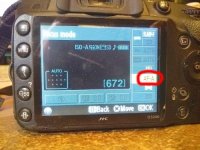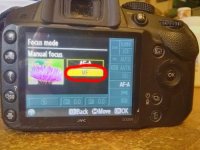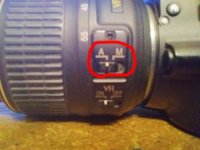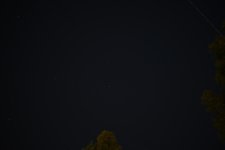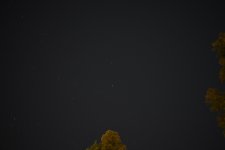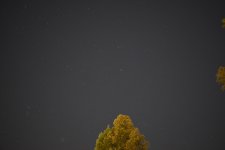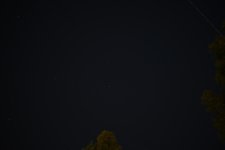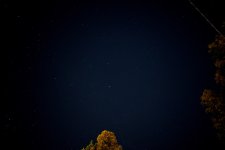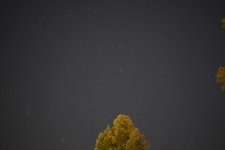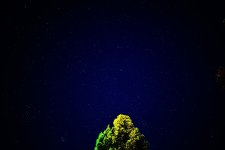blackstar
Senior Member
Nick,
Thank you for your candid and admirable testimony on BBF. I hope I can enjoy using this technique too.
Just another simple (for you) question: For stationary subject, after you press BB, do you release or hold it for recomposing? For moving subject, after pressing BB, to track I assume you would hold it and follow the subject until it's in view of your favorite. Then will you still hold or release to take a shot (press shutter)? Due to a lack of time and situation, I have to make imaginative experiments with only theory but no verification or confirmation. Please share and help.
Thank you for your candid and admirable testimony on BBF. I hope I can enjoy using this technique too.
Just another simple (for you) question: For stationary subject, after you press BB, do you release or hold it for recomposing? For moving subject, after pressing BB, to track I assume you would hold it and follow the subject until it's in view of your favorite. Then will you still hold or release to take a shot (press shutter)? Due to a lack of time and situation, I have to make imaginative experiments with only theory but no verification or confirmation. Please share and help.

